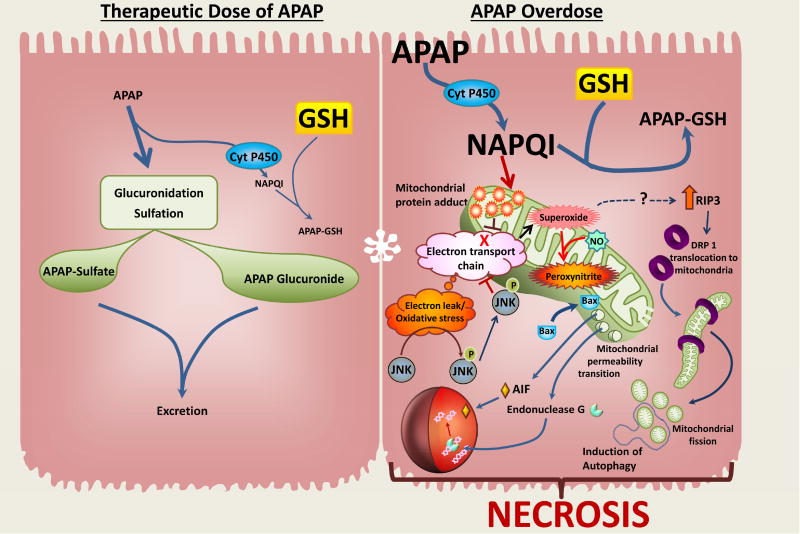Figure 4. Signaling Mechanisms of Acetaminophen-induced Liver Cell Death.
Therapeutic doses of acetaminophen (APAP) are metabolized by glucuronidation and sulfation with a minor amount converted by cytochrome P450 into a reactive metabolite NAPQI. Cellular stores of glutathione scavenge these levels of NAPQI without any deleterious consequences. In case of an APAP overdose, glucuronidation and sulfation are overwhelmed and large amounts of APAP are metabolized through the cytochrome P450 system to generate high levels of NAPQI. This then depletes cellular glutathione and forms protein adducts, especially on mitochondria, which then inhibits the electron transport chain (ETC), resulting in leakage of electrons and oxidative stress. This then activates the MAP kinase c-jun N-terminal kinase (JNK), which translocates to the mitochondria and further induces generation of superoxide from the ETC, which, along with nitric oxide results in formation of the highly reactive peroxynitrite. The amplified oxidative stress, coupled with translocation of Bax from the cytosol to the mitochondria results in induction of the mitochondrial permeability transition, and release of AIF and endonuclease G into the cytosol. Their translocation to the nucleus then results in DNA fragmentation. APAP overdose also causes the upregulation of RIP3, which induces DRP1 translocation to mitochondria and mitochondrial fission and mitophagy. These events subsequently lead to necrotic cell death.

